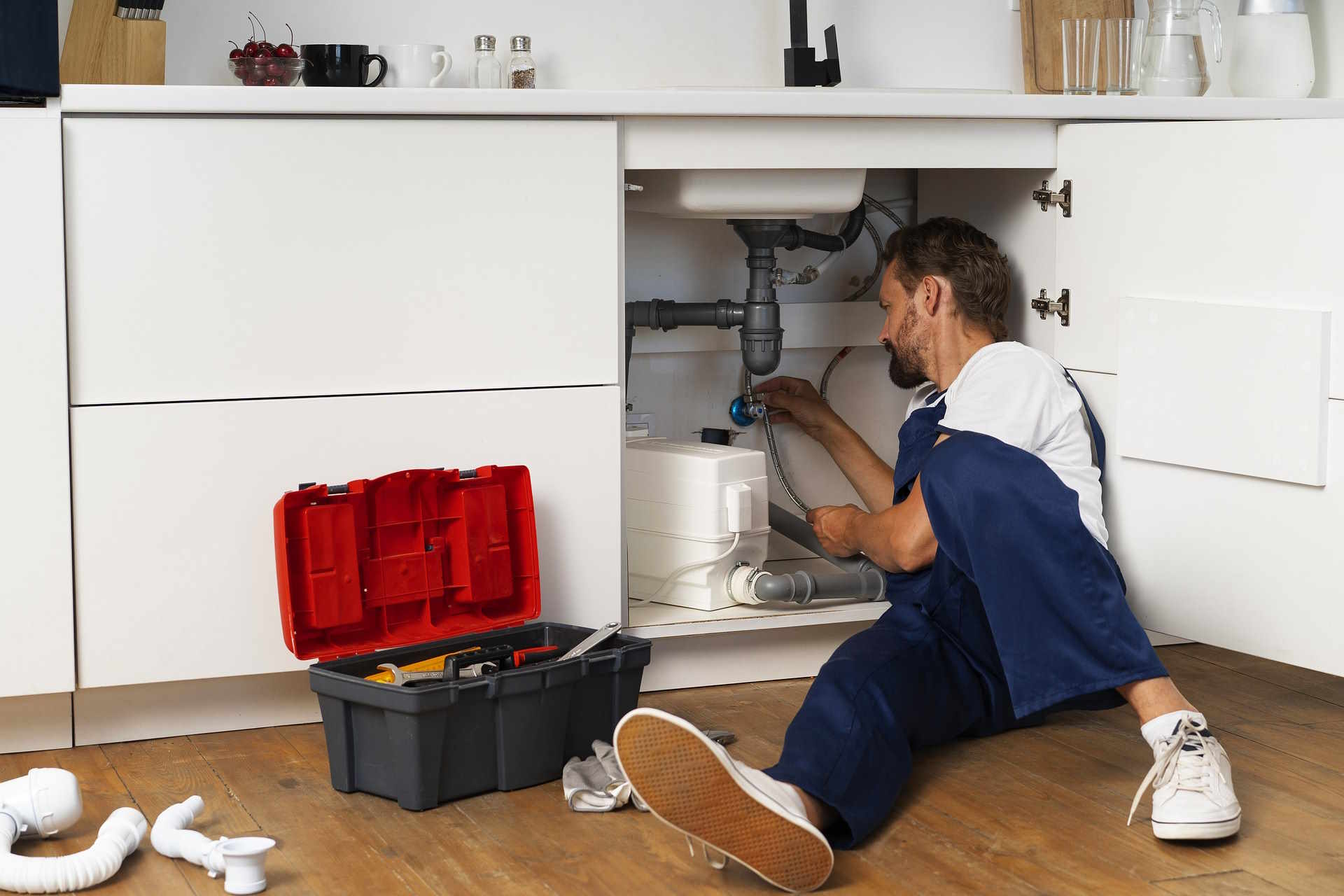Home Pest Control: Essential Strategies for Protection
Keep your living space healthy and comfortable with practical pest control strategies. This comprehensive overview covers how to prevent infestations, recognize early warning signs of rodents and insects, weigh DIY versus professional treatments, and adopt eco-friendly Integrated Pest Management (IPM) techniques. Learn cost estimates for common service providers and get actionable tips to protect your home from pests before problems escalate.

Prevention: The First Line of Defense
The most effective way to avoid pest problems is to deny them access and resources. Inspect and seal gaps around doors, windows, vents, and utility penetrations to block entry. Store food in airtight containers and promptly clean countertops, sinks, and floors to remove crumbs and spills. Regularly check often-overlooked spaces—basements, attics, crawlspaces, and under appliances—for moisture, clutter, or structural damage that can attract pests. Routine maintenance, such as fixing leaks and trimming vegetation away from the foundation, reduces the conditions that invite infestations.
Recognizing Signs of Infestation
Catching pest activity early makes control easier and less costly. Look for droppings, gnaw marks, chewed packaging, or unexplained holes in wood or fabric. Strange or persistent odors can signal a hidden population, while scratching, scurrying, or other noises at night often point to rodents inside walls or attics. For insect problems, watch for wings, shed skins, egg casings, or visible swarms in dark, damp locations like basements, bathrooms, and under sinks. Any unusual waste, tracks, or damaged plants should prompt further inspection.
DIY Approaches vs. Professional Services
Many small pest problems can be addressed with over-the-counter traps, baits, and sprays paired with sanitation and exclusion measures. However, larger or persistent infestations generally require licensed professionals who can diagnose the root cause and apply integrated treatment plans. Pest control companies offer access to specialized products, equipment, and training not available to most homeowners, as well as follow-up visits and monitoring to ensure the problem is resolved. Choose DIY for minor, localized issues; call a pro when the infestation is widespread, persistent, or involves health risks.
Environmentally Friendly Pest Management
Contemporary pest management increasingly favors methods that limit chemical exposure while remaining effective. Integrated Pest Management (IPM) is a balanced approach that blends biological controls, cultural practices, physical barriers, and targeted chemical treatments only when necessary. IPM emphasizes accurate identification, ongoing monitoring, habitat modification, and the use of least-toxic options first. This strategy reduces harm to people, pets, and beneficial organisms while still keeping pest populations in check.
Costs and Typical Service Providers
When comparing service providers, consider both initial treatment fees and the expense of recurring plans or warranties. Typical estimated price ranges (subject to change) include:
- Orkin: initial visit roughly $150–$300; annual comprehensive plans around $400–$600.
- Terminix: initial visit roughly $175–$325; annual comprehensive plans around $450–$700.
- Ehrlich: initial visit roughly $125–$275; annual comprehensive plans around $350–$550.
These figures are approximate and vary by region, severity of infestation, and service details. It’s wise to obtain multiple quotes, ask about guarantees and follow-up visits, and verify licensing and insurance before hiring a provider.
Taking Timely Action
Prompt response limits damage and prevents small problems from becoming major infestations. Combine preventative maintenance, regular inspections, and quick remediation when signs appear. Use DIY solutions for minor issues, but don’t hesitate to engage professional pest control services for extensive or hard-to-manage situations. Employing IPM principles will help you control pests effectively while minimizing risks to your household and the environment. Regular monitoring and routine upkeep deliver the most reliable long-term protection for your home.






